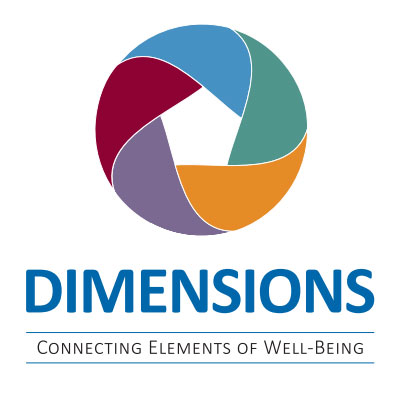
Caffeine Doesn’t Have To Be So Spooky: Coffee Mythbusters and a Healthy Pumpkin Spice Latte Recipe
What do people call the three-month period between summer and winter? Autumn, fall, maybe harvest season? Perhaps in the past, but today it may be better known as Pumpkin Spice Latte (PSL) season.
With this coffee sensation once again sweeping the nation, it’s only natural to want to indulge in the festive drink or similar beverage. But with all these rumors about the negative health effects of caffeine floating around, is it worth the sip?
This Halloween season, we’ll be swapping ghostbusting for a bit of coffee mythbusting. We’ll separate fact from fiction so you can get the energy boost you need while enjoying your favorite caffeinated beverage, worry-free.
Mythbuster #1: Is coffee bad for your health?
Contrary to popular belief, drinking coffee actually has many health benefits—but only when consumed in moderation. Coffee contains antioxidants and other active substances that may reduce internal inflammation and protect against disease, but too much can make people feel anxious, raise blood pressure and increase heart rate.
According to nutrition experts from Johns Hopkins University School of Medicine, coffee can positively impact your health by reducing the risk of:
- Coronary heart disease
- Heart failure
- Stroke
- Diabetes
- Kidney disease
- Parkinson’s disease
- Alzheimer’s disease
- Liver complications
- Colon and other cancers
Mythbuster #2: How much caffeine can you safely consume?
According to the Food and Drug Administration, up to 400 milligrams of caffeine a day—about four or five cups of coffee—is considered safe for healthy adults. However, caffeine tolerance is different for everyone, and certain conditions and medications tend to make people more sensitive to caffeine’s effects. It’s important to consider individual needs and contact a healthcare professional if uncertain of how much caffeine to consume, but in general, one cup of coffee a day will provide some of the associated health benefits while three cups is the recommended amount.
In addition to coffee, caffeine can also be found in tea and energy drinks. The following charts from the Mayo Clinic provide an average estimate of the caffeine content in popular beverages:
| Coffee | Size in oz (mL) | Caffeine (mg) |
| Brewed | 8 (237) | 96 |
| Espresso | 1 (30) | 64 |
| Instant | 8 (237) | 62 |
| Teas | Size in oz (mL) | Caffeine (mg) |
| Brewed black | 8 (237) | 47 |
| Brewed green | 8 (237) | 28 |
| Ready-to-drink, bottled | 8 (237) | 19 |
| Energy Drinks | Size in oz (mL) | Caffeine (mg) |
| Energy drink | 8 (237) | 71.9 |
| Energy shot | 2 (60) | 215 |
Mythbuster #3: Will consuming caffeine affect your sleep?
Because caffeine is a stimulant, it may cause people to become more alert and awake. Typically, it can take four to six hours for the body to metabolize half of the caffeine it has consumed, so it’s better to avoid having a cup of coffee before or leading up to bedtime.
For those who are looking for an energy boost in the morning but aren’t a fan of coffee, tea is a great alternative. Most traditional teas are rich in polyphenols—plant chemicals that give teas their distinct flavor and aroma—which studies indicate may have health-promoting properties similar to coffee.
When it comes to energy drinks, Dr. Greg Marcus, associate chief of cardiology for research and a professor of medicine at the University of California, San Francisco, cautions against consumption. Research has found that energy drinks, which typically have a higher concentration of caffeine and sugar, can cause abnormal electrical activity in the heart and higher blood pressure that persists for several hours.
Of all the scary things associated with the Halloween season, the PSL’s health effects (or that of any other caffeinated drink of choice) doesn’t have to be one of them. However, remember that what is added to the beverage can make a difference in how healthy it really is. Try this less sugary—but no less tasty—spiced pumpkin latte recipe:
Ingredients
- 1 cup unsweetened vanilla almond milk
- 3 Tbsp pumpkin puree
- 2 tsp instant espresso powder
- 1 tsp sugar
- ¼ tsp pumpkin pie spice
- 1 Tbsp aerosol whipped cream
Instructions
- In a small saucepan over medium heat, whisk together almond milk, pumpkin, espresso powder, sugar and pie spice. Cook, whisking frequently, until hot but not boiling, 4 to 5 minutes. Pour into a mug and top with whipped cream.
- Serving size: about 1⅛ cups
Notes
Serve with an optional cinnamon stick and a dusting of ground pumpkin pie spice or ground cinnamon. Consider stirring in a ¼ teaspoon of either vanilla extract, cardamom, cinnamon or cocoa powder for extra flavor.

